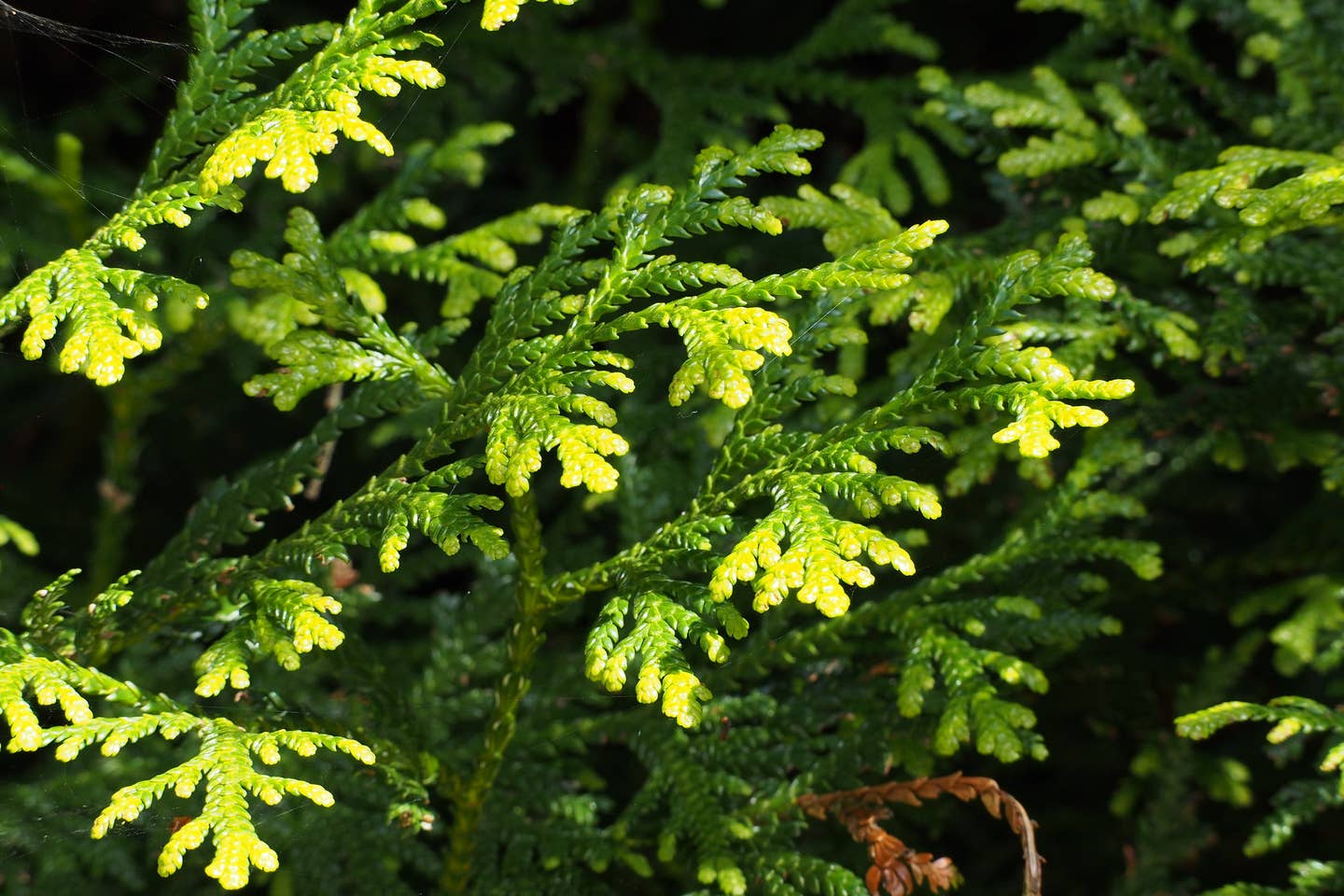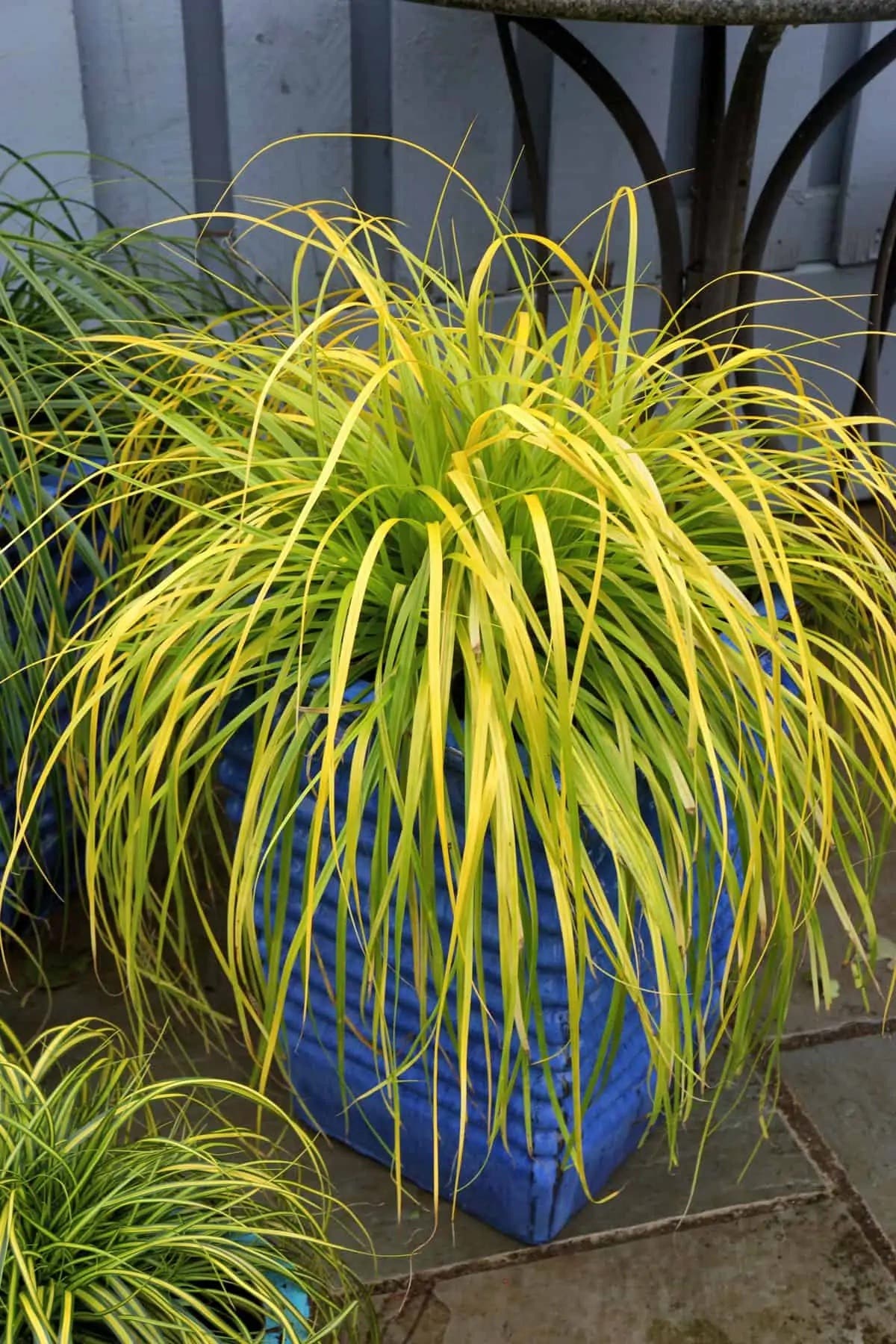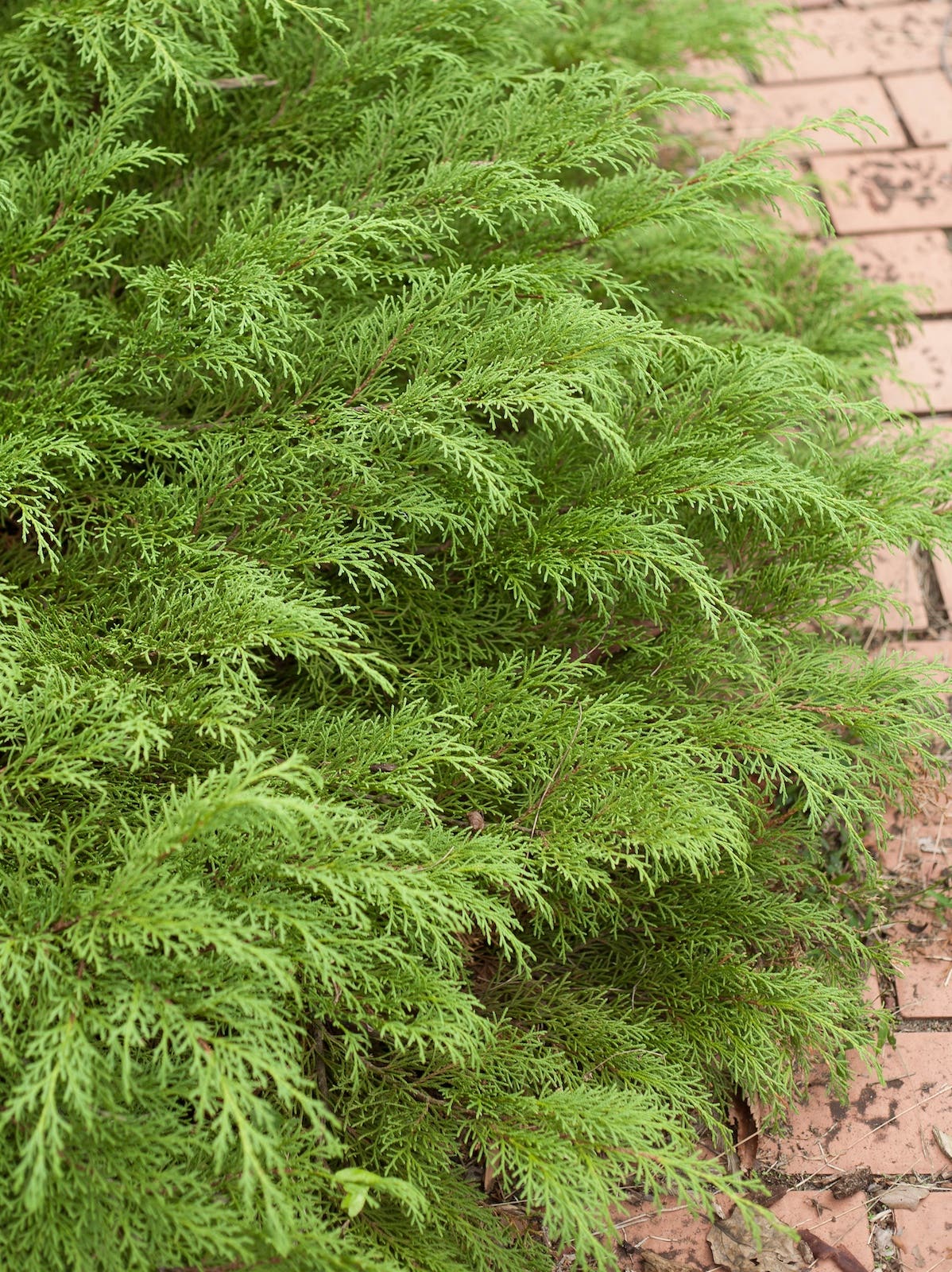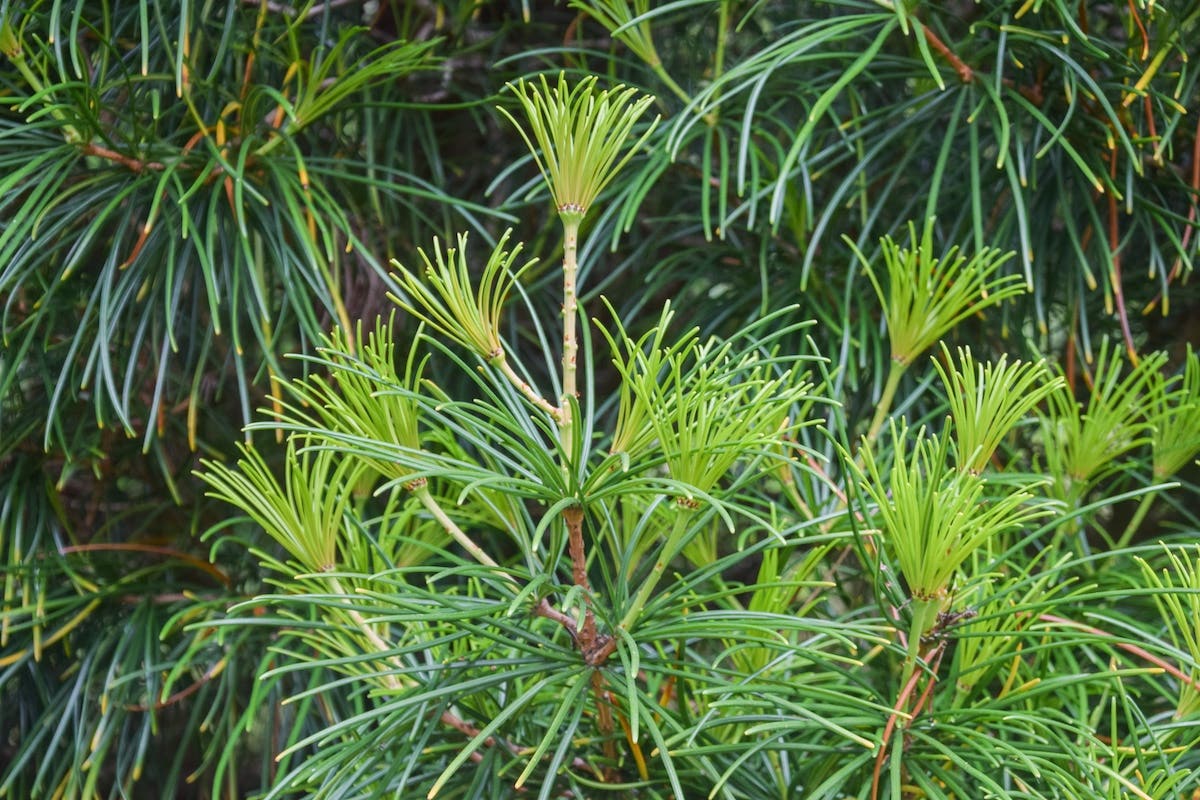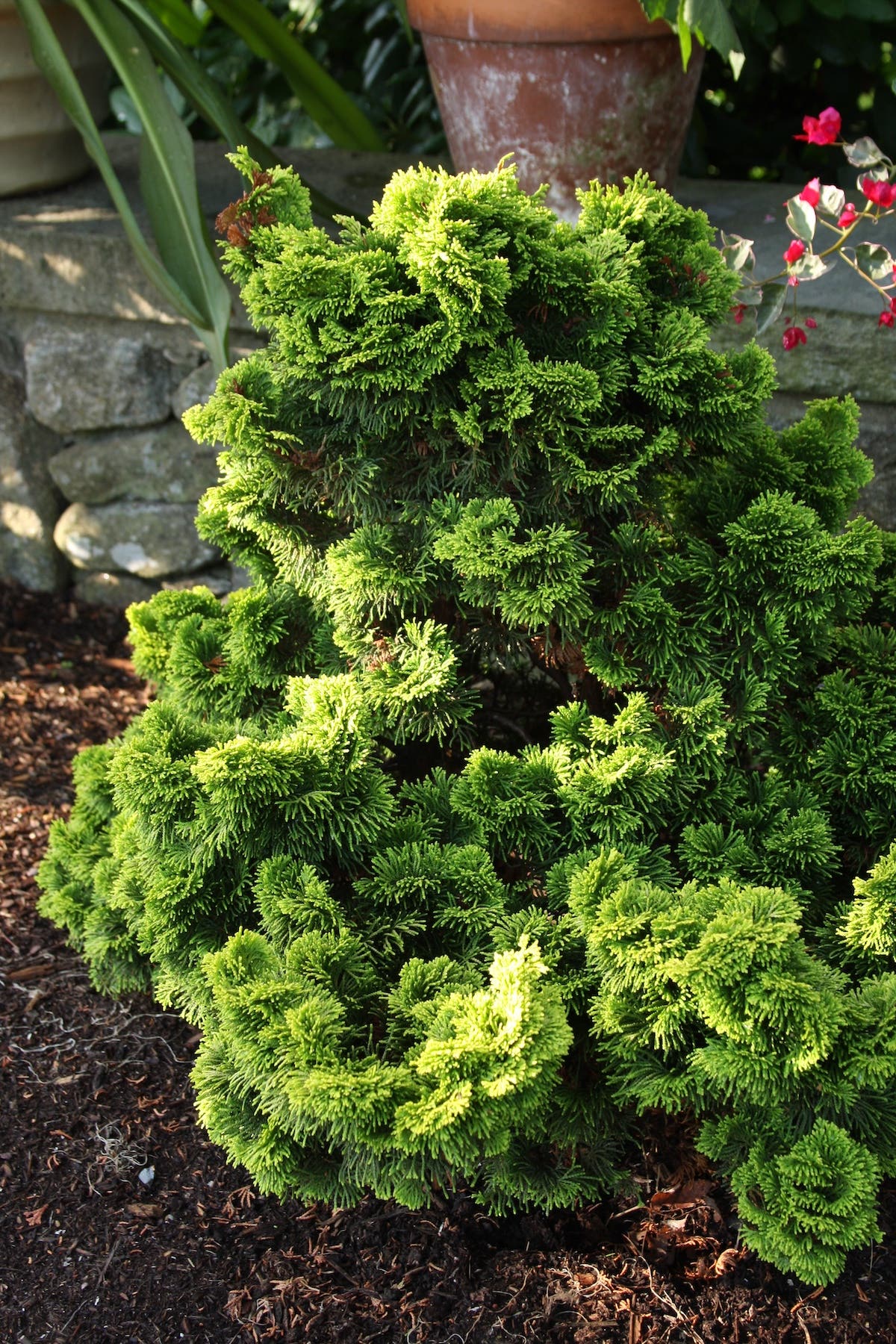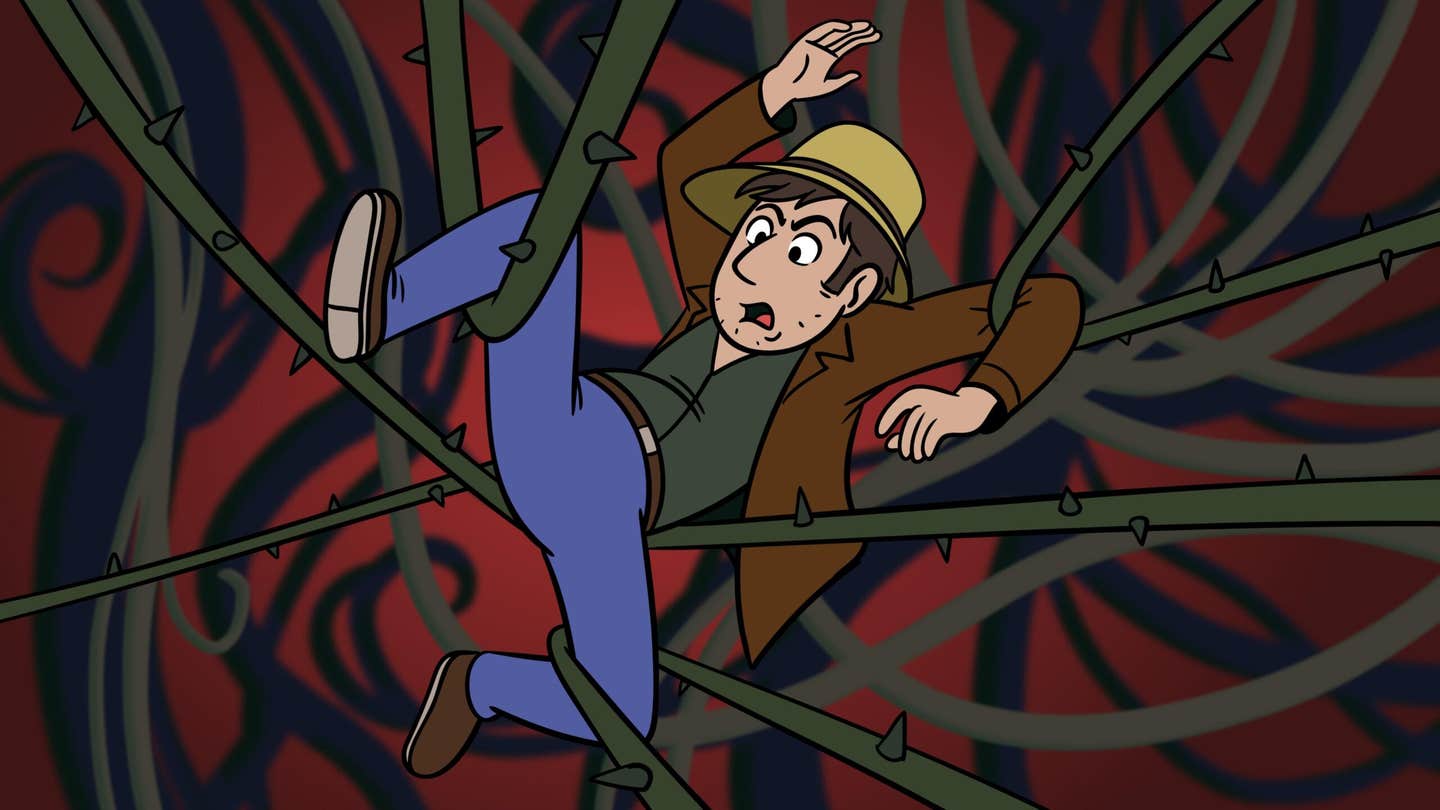Edibles: Best Practices for Watering Your Vegetable Garden
Plants use the water they receive to help them get the minerals they need from the soil. We all know if they don’t get enough water, they will wilt and…
Plants use the water they receive to help them get the minerals they need from the soil. We all know if they don’t get enough water, they will wilt and even die. But too much water can be harmful, too. A good example of that is when the skins on tomatoes split.
Overwatering can cause the fruits to enlarge too fast for the skins to meet that growth.
Inconsistent watering can cause your veggies to grow deformed. If you have ever harvested cucumbers that were bitter, this may be the reason.
So here are a few of the best practices for watering your vegetable garden:
When: The best time to water your garden is shortly before dawn. This time of day is too early for the bees, so you won’t have a negative impact on pollination. Of course, unless you are retired, work the late shift, or have your hoses on timers, this will prove to be impractical. The next best time is very early in the morning. In both cases the plants will have plenty of time to dry off before dark, and will absorb the moisture throughout the day. This will help them stand up better to those hot summer days.
If this doesn’t work for you, try late afternoon or early evening. This is actually the time I prefer. I know my bees have done their duty, and watering won’t prevent us from getting more squash. Again, the plants will have time to dry before dark, helping to prevent any fungus growth on the leaves. And it fits my schedule.
Where: At ground level is best. Drip irrigation and soaker hoses (shown) generally give you the most water for your time, with less waste. If you must water from above, try to do it when your plants have some shade or on a cloudy day. I know, Mother Nature does not water from below. But Mother Nature also clouds up the sky before a rain. Have you ever noticed that leaves on some trees will turn over before a rain? Plants know the difference. Ground level is also better if you are watering in the morning, as it won’t have a negative effect on your pollinators.
How often and how much: This depends on what your garden needs. Some soils hold moisture more than others. Some climates are drier and hotter than others. Do you mulch? That helps hold the moisture and affects the frequency that you need to water. On the other hand, container plants need to be watered more often.
Try to be as consistent as possible. Whatever watering frequency you choose, do your best to stick with it. Adapt as you need to for the weather. Even though it rained every day last week, it doesn’t necessarily mean you don’t need to water the following week.
If you want to you can get a rain gauge, check how much water your garden may need in your area by calling your local cooperative extension, and adjust your watering schedule accordingly.
Or, you can just stick your finger into the soil. If you can get it all the way in without feeling any moisture, you may want to water.
Gardening Jones is a master gardener in Pennsylvania. Learn more atgardeningjones.com/blog.
___________________________________________
Install a drip- or micro-irrigation system with the easy steps in the Eco-Friendly Irrigation Project download.
Improper watering can contribute to many plant diseases and problems, and exacerbate pest infestations. Figure out if this is the case in your garden with What's Wrong With My Vegetable Garden?, an easy-to-use diagnostic guide that also offers organic solutions.
Understand rainfall and how it affects your garden, plus much much more, in the Harness the Weather for a Better Garden Value Pack, which includes many reference materials on frost, water, air temperature, drought and more.


